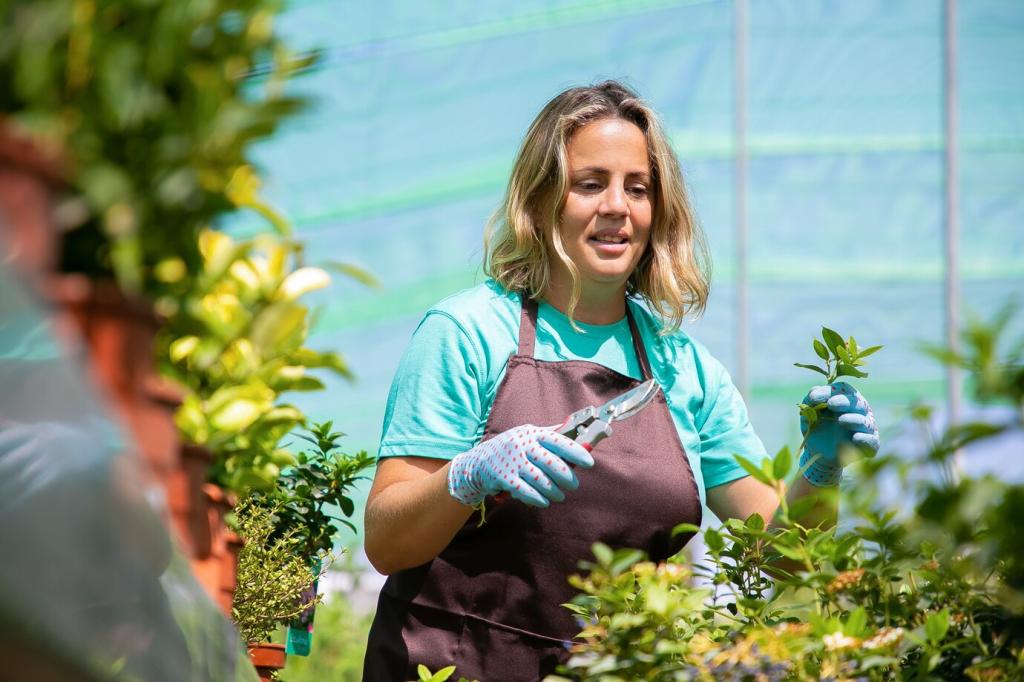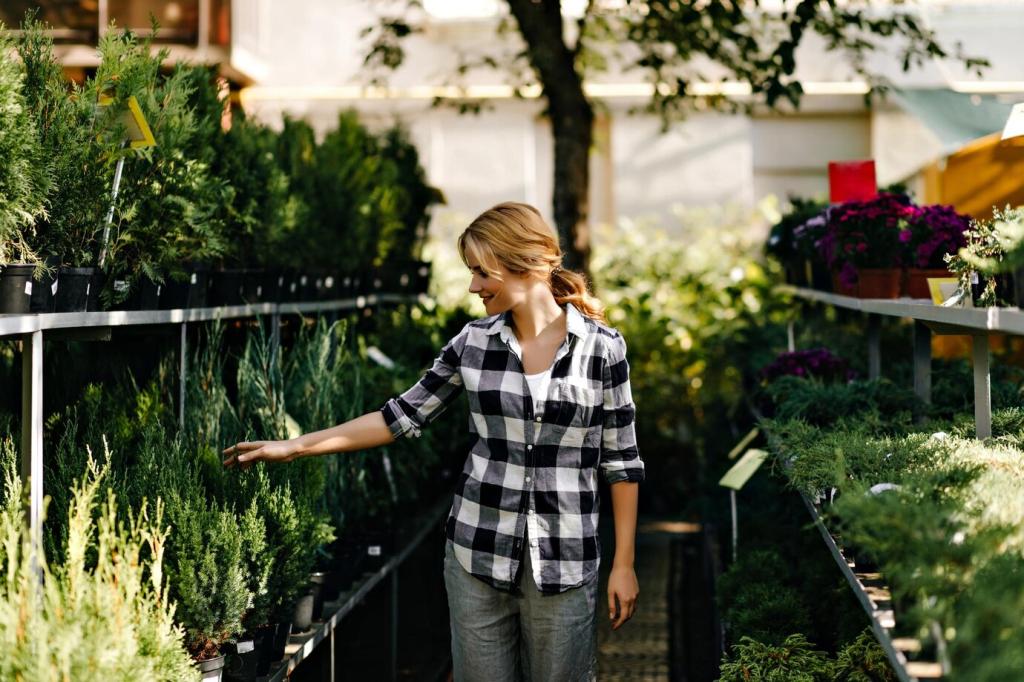Modern Innovations in Urban Green Spaces
Urban green spaces have become essential components in the design and development of thriving cities. As more people move to urban areas, the importance of integrating nature into metropolitan life has never been greater. Modern innovations are redefining what these spaces can offer, going beyond traditional parks and plazas to support sustainability, well-being, and community engagement. The following sections explore the latest advancements transforming our urban environments into greener, healthier, and more inclusive places for all.
Sustainable Green Infrastructure
Living roofs and vertical gardens are revolutionizing how urban spaces interact with nature. By incorporating layers of soil and vegetation on the rooftops and facades of buildings, cities can combat the heat island effect, manage rainwater, and provide refuge for pollinators. These green additions not only enhance aesthetic appeal but also contribute to reduced energy consumption by acting as insulation. Beyond their environmental impact, living roofs and vertical gardens improve residents’ mental health by providing natural beauty and inviting spaces within the concrete jungle, proving that even the most industrialized areas can host vibrant ecosystems.


Environmental Monitoring Systems
Deploying sensors throughout parks and green spaces allows for real-time tracking of air quality, soil moisture, temperature, and biodiversity. These data-driven systems enable city managers to respond promptly to changing conditions, optimize irrigation, and identify areas needing attention. Publicly accessible environmental data fosters transparency and encourages community involvement in sustainability efforts. As a result, green spaces become living laboratories, constantly evolving in response to both natural forces and human interaction, ensuring healthier and more resilient environments for generations to come.

Smart Lighting and Energy Solutions
Advancements in smart lighting, such as adaptive LEDs and solar-powered fixtures, dramatically improve the usability and safety of urban green spaces after dark while minimizing energy consumption. These systems adjust brightness based on activity levels, time of day, and ambient light, creating welcoming atmospheres while discouraging vandalism or crime. Integrating renewable energy sources, like solar panels or kinetic pavements that generate electricity from footsteps, further reduces the environmental impact. Intelligent infrastructure thus allows green spaces to operate sustainably and cost-effectively, serving communities around the clock.

Digital Engagement and Wayfinding
Mobile apps, augmented reality experiences, and interactive kiosks are revolutionizing public engagement in green spaces. These digital tools guide visitors to lesser-known trails, highlight ecological features, and offer educational content about local species and environmental stewardship. The inclusion of accessible navigation aids ensures that people of all ages and abilities can enjoy and learn from these natural assets. By blending physical and digital experiences, cities foster deeper connections between residents and the green landscapes around them, strengthening community bonds and promoting ongoing care.
Participatory Planning Initiatives
Effective urban green spaces begin with listening to the communities they serve. Participatory planning involves residents, local businesses, and stakeholders in the conception, design, and upkeep of parks and plazas. Engagement methods—including workshops, public surveys, and interactive design sessions—ensure that green spaces reflect the unique histories, values, and aspirations of each neighborhood. This collaborative process results in public realms that resonate with local identity, fostering a sense of ownership and pride that enhances long-term stewardship and vitality.
Multi-Functional Recreation Areas
Urban green innovations increasingly prioritize flexibility through multi-functional spaces designed to host everything from sports and relaxation to public markets and performances. Movable furniture, modular playground equipment, and open lawns accommodate a changing slate of activities that evolve with the community’s needs. Incorporating interactive features like outdoor art installations or exercise circuits invites creativity and wellness, transforming parks into dynamic social hubs. By offering spaces that adapt to varied uses, cities ensure that green areas remain relevant and vibrant gathering points across all seasons and age groups.
Accessible and Equitable Green Spaces
True innovation in urban greenery ensures access for everyone, regardless of physical ability, age, or socioeconomic background. Inclusive design strategies include smooth pathways for wheelchairs, sensory gardens for neurodiverse users, and shade structures for comfort. Initiatives to increase green space coverage in historically underserved neighborhoods address social inequities, while partnerships with local organizations provide programming and support. Equity-driven approaches recognize that thriving urban environments depend on green spaces that are genuinely open and beneficial to all citizens.
